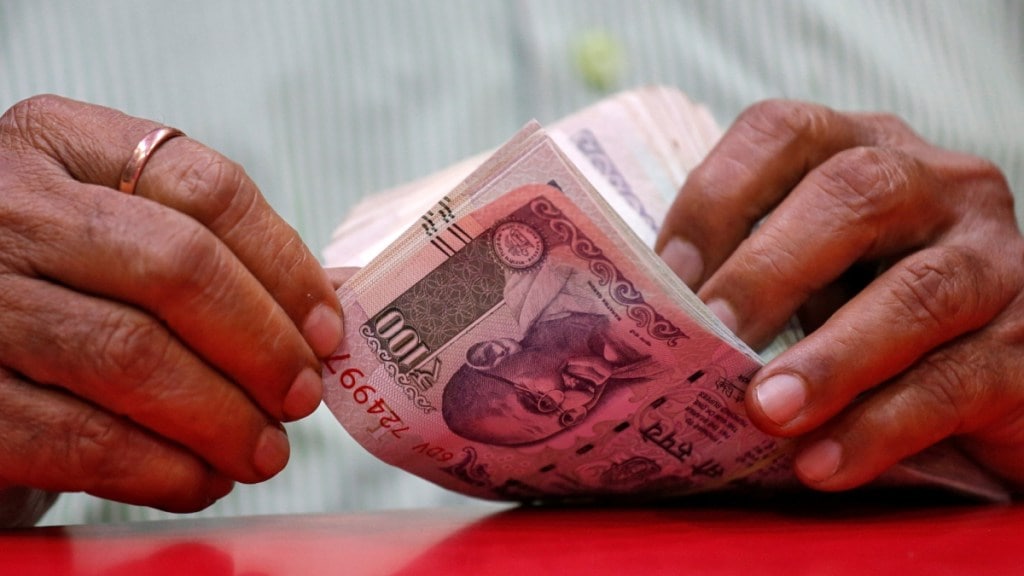Investments in key infrastructure sectors of roads, renewable energy and real estate may increase by 38% to Rs 15 trillion by 2025-26 of which the highway sector alone will account for 60%, according to Crisil Ratings.
Overall capital outlay for the roads sector is seen at Rs 9 trillion for FY25-FY26 with most of the investments coming from central and state governments. Private sector share is expected to improve moving forward, the agency added.
Strengthened order books of road developers will support 11% growth in highway construction, which is seen at 12,500 km per year over the next two fiscals. Strong awarding in the last few years, barring last financial year, has led to a comfortable order book of rod developers which will drive execution.
Investment interest remains strong in the roads sector which has the highest number of infrastructure investment trusts (InVITs) at 10. The assets under management of road sector InVITs is expected to grow to Rs 3 trillion in the current fiscal year from Rs 2 trillion in FY 24. InVITs offer exit routes and liquidity to developers who can then take on new projects.
In the roads sector, as government budgetary allocation is moderating, amendments in the build-operate-transfer (BOT) toll model concession agreement have been made to increase private participation. However, improvement in traffic estimation accuracy and increase in willingness of lenders to fund BOT toll projects will bear watching, Crisil said.
For renewables (RE), the agency estimates an investment of Rs 3 trillion over the period of next two years, up from Rs 1.8 trillion last financial year as the demand for sustainable energy transition increases. It further sees addition of 50 gigawatt (GW) of renewable energy capacity during the period taking the country’s total RE capacity to 180 GW by FY26.
The government’s target of achieving 500 GW of non-fossil fuel energy capacity by 2030 is driving up auctions which has created a strong pipeline, the agency said. In FY24, the country saw renewable energy project auctions of 35 GW, the highest ever in a single fiscal, resulting in a strong pipeline of 75 GW.
Even though the sector has been able to attract investments and witness growth in the last few years, the agency fears some risk to growth momentum. “In renewables, timely commissioning of storage and storage-linked capacities remains a key risk given their higher tariffs compared with the usual renewable capacities,” said Manish Gupta, Senior Director and Deputy Chief Ratings Officer at CRISIL.
These storage-linked capacities have so far had low traction on the ground in finding off-takers, with nearly 7 GW of the 9 GW projects yet to find buyers, the report said.
Gupta noted that relatively higher tariffs of storage and storage linked capacities pose a risk to increasing RE adoption with 65% auctioned capacity has unsigned power supply agreements as of April 2024. “Hence, tariffs of such projects should be compared with thermal project tariffs that can also supply power all day or match the demand,” he said.
According to the agency, development of timely storage infrastructure is critical for absorption of the intermittent nature of renewable energy.
For the RE players, Crisil maintains a stable credit outlook and operational performance amid high growth. This will be supported by stable generation and receivable reduction.
As for real estate, net leasing of commercial office space will see demand growth of 8-10% this fiscal and the next. The primary drivers of the same will be global capability centres eyeing India’s large talent pool and competitive rentals, as well as healthy demand from domestic sectors. Demand growth for residential real estate will sustain at 8-12% this fiscal and the next, aided by favourable affordability and premiumisation, according to Crisil.
Residential real estate is expected to grow 10-12% this fiscal and 8-10% next fiscal. Healthy demand in residential real estate has led to inventory reduction which in turn has been aided by favourable affordability and regulatory safeguards.


